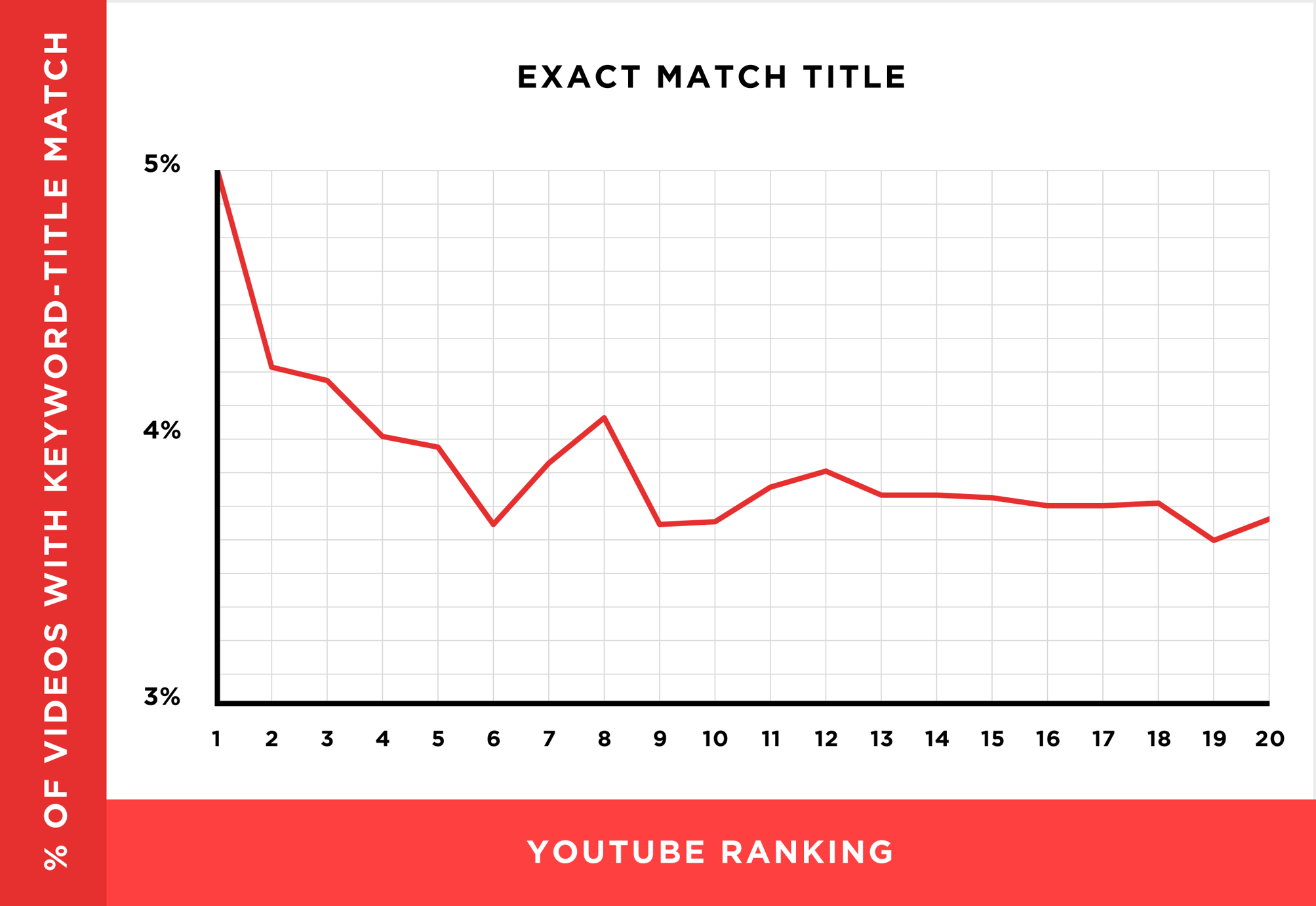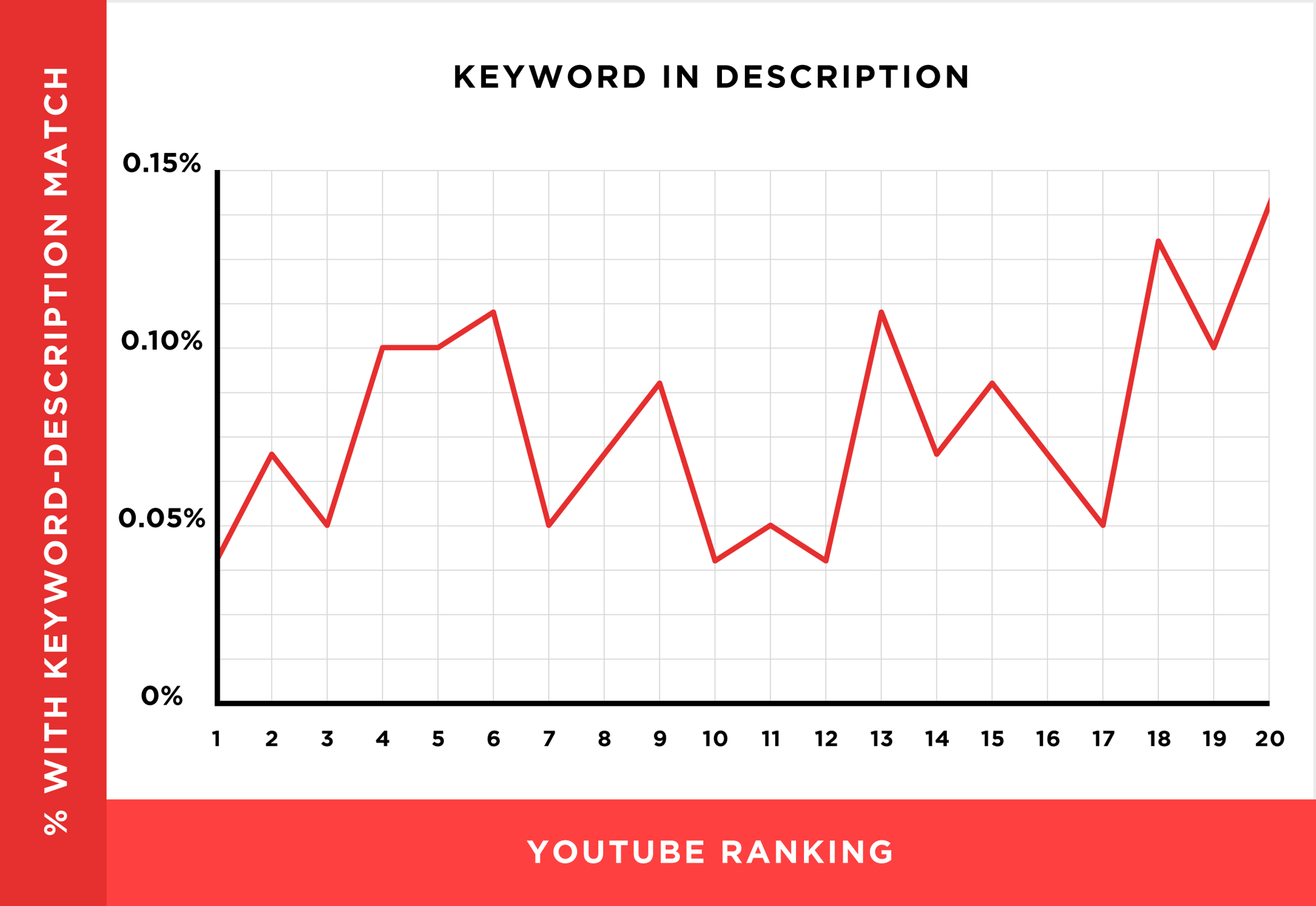7 YouTube Search Optimization Tips 1) Title When we search for videos, one of the first things that our eyes are drawn to is the title. It also helps if the title closely matches what the viewer is searching for. 2) Description First things first: According to Google, the official character limit for YouTube video descriptions is 1,000 characters. 4) Category Once you upload a video, you can categorize it under “Advanced settings.” Choosing a category is another way to group your video with similar content on YouTube. It's helpful, the guide writes, "to think about what is working well for each category" you're considering by answering questions like: Who are the top creators within the category? Along with the video's title, that thumbnail sends a signal to the viewer about the video's content, so it can impact the number of clicks and views your video receives. In order to add subtitles or closed captions to your video, you'll have to upload a supported text transcript or timed subtitles file. You can add up to five cards to a single video, and there are six types: Channel cards that direct viewers to another channel. A good example is the overlay with a book image and a visual link to view more on the video below: There are a number of detailed instructions for adding end screens depending on what kind of platform you want to design them for, as well as different types of content allowed for them by YouTube. How have you optimized for YouTube search?

And with the rise of other content formats comes the need to optimize them for search. One increasingly important place to do that is on YouTube, which is a video distribution website used by the masses (HubSpot included).
But how does that work? What are the steps you need to take to optimize your YouTube channel for search? We’ve outlined some major tips below. And if you’re short on time, no problem — check out the video summary here.
7 YouTube Search Optimization Tips
1) Title
When we search for videos, one of the first things that our eyes are drawn to is the title. That’s often what determines whether or not the viewer will click to watch your video, so the title should not only be compelling, but also, clear and concise.
It also helps if the title closely matches what the viewer is searching for. Research conducted by Backlinko found that videos with an exact keyword match in the title have a slight advantage over those that don’t. Here’s a linear representation of those findings:

So while “using your target keyword in your title may help you rank for that term,” report author Brian Dean explains, “the relationship between keyword-rich video titles and rankings is” weak, at best.
Finally, make sure to keep your title fairly short — HubSpot Content Strategist Alicia Collins recommends limiting it to 60 characters to help keep it from getting cut off in results pages.
2) Description
First things first: According to Google, the official character limit for YouTube video descriptions is 1,000 characters. And while it’s okay to use all of that space, remember that your viewer most likely came here to watch a video, not to read a story.
If you do choose to write a longer description, keep in mind that YouTube only displays the first two or three lines of text — that amounts to about 100 characters. After that point, viewers have to click “show more” to see the full description. That’s why we suggest front-loading the description with the most important information, like CTAs or crucial links.
As for optimizing the video itself, it doesn’t hurt to add a transcript of the video, especially for those who have to watch it without volume. That said, Backlinko’s research also found no correlation between descriptions that were optimized for a certain keyword and the rankings for that term.

Dean is careful not to encourage ditching an optimized description altogether, though. “An optimized description helps you show up in the suggested videos sidebar,” he writes, “which is a significant source of views for most channels.”
3) Tags
YouTube’s official Creator Academy suggests using tags to let viewers know what your video is about. But you’re not just informing your viewers — you’re also informing YouTube itself. Dean explains that the platform uses tags “to understand the content and context of your video.”
That way, YouTube figures out how to associate your video with similar videos, which can broaden your content’s reach. But choose your tags widely. Don’t use an irrelevant tag because you think it’ll get you more views — in fact, Google might penalize you for that. And similar to your description, lead with the most important keywords, including a good mix of those that are common and more long-tail (as in, those that answer a question like “how do I?”).

COMMENTS